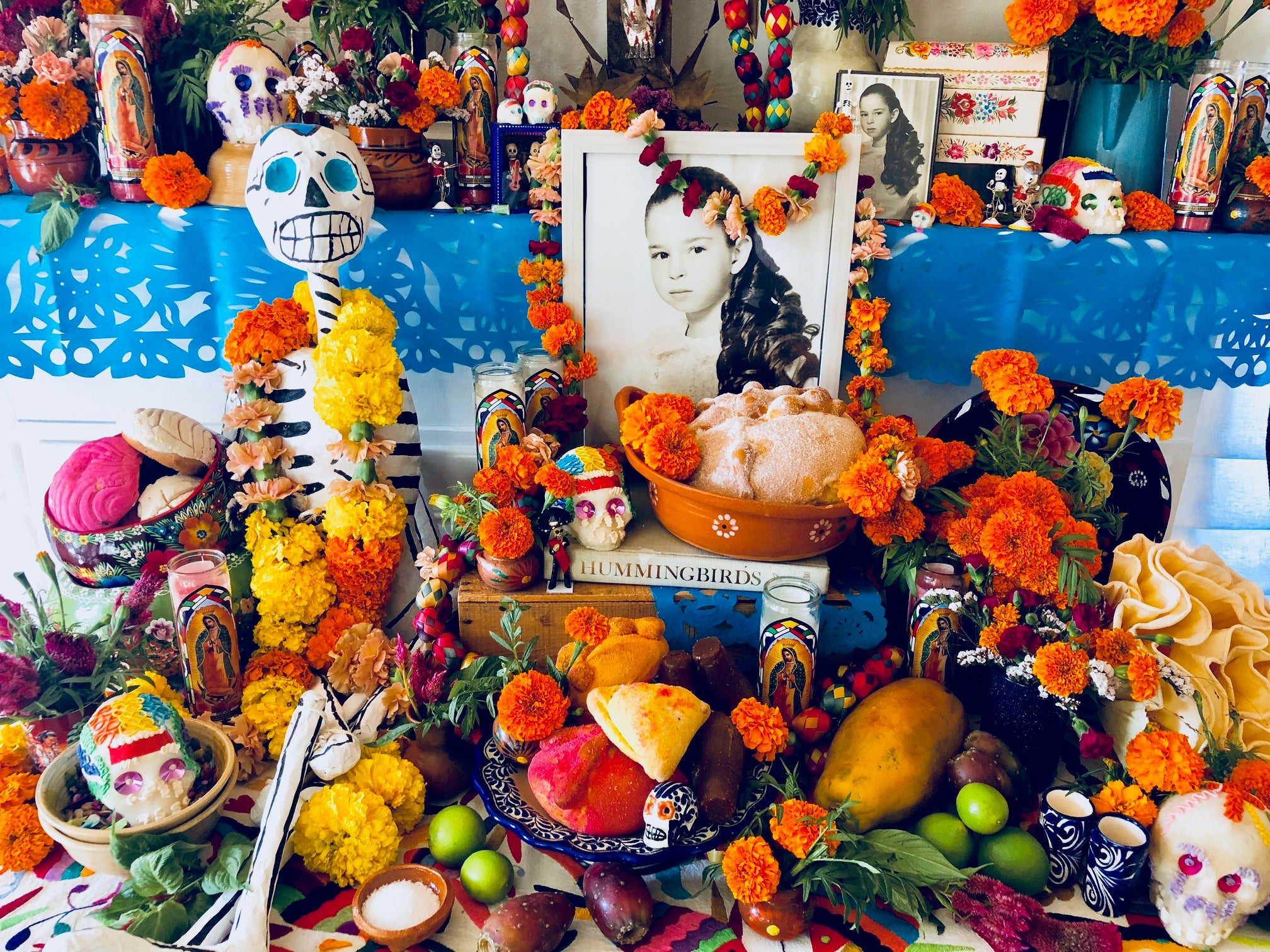
In the early 20 th century, Mexican political cartoonist and lithographer José Guadalupe Posada created an etching to accompany a literary calavera. You’ll find these clever, biting poems in print, read aloud, and broadcast on television and radio programs.

These literary calaveras eventually became a popular part of Día de los Muertos celebrations. The smoke from copal incense, made from tree resin, transmits praise and prayers and purifies the area around the altar.Ĭalavera means “skull.” But during the late 18th and early 19th centuries, calavera was used to describe short, humorous poems, which were often sarcastic tombstone epitaphs published in newspapers that poked fun at the living. Scattered from altar to gravesite, marigold petals guide wandering souls back to their place of rest.

Marigolds are the main flowers used to decorate the altar. If one of the spirits is a child, you might find small toys on the altar. As such, they’re loaded with offerings-water to quench thirst after the long journey, food, family photos, and a candle for each dead relative. These aren’t altars for worshipping rather, they’re meant to welcome spirits back to the realm of the living. The centerpiece of the celebration is an altar, or ofrenda, built in private homes and cemeteries. It takes place on November 1 & 2-All Saints’ Day and All Souls’ Day on the Catholic calendar-around the time of the fall maize harvest. Today’s Día de los Muertos celebration is a mash-up of pre-Hispanic religious rites and Christian feasts. The dead were still members of the community, kept alive in memory and spirit-and during Día de los Muertos, they temporarily returned to Earth. For these pre-Hispanic cultures, death was a natural phase in life’s long continuum. Today Mexicans from all religious and ethnic backgrounds celebrate Día de los Muertos, but at its core, the holiday is a reaffirmation of indigenous life.ĭay of the Dead originated several thousand years ago with the Aztec, Toltec, and other Nahua people, who considered mourning the dead disrespectful. In 2008, UNESCO recognized the importance of Día de los Muertos by adding the holiday to its list of Intangible Cultural Heritage of Humanity. It also includes living expressions of culture-traditions-passed down from generation to generation. Thanks to efforts by the United Nations Educational, Scientific and Cultural Organization, or UNESCO, the term “cultural heritage” is not limited to monuments and collections of objects. The more you understand about this feast for the senses, the more you will appreciate it. The rituals are rife with symbolic meaning. In towns and cities throughout Mexico, revelers don funky makeup and costumes, hold parades and parties, sing and dance, and make offerings to lost loved ones. Sure, the theme is death, but the point is to demonstrate love and respect for deceased family members. Whereas Halloween is a dark night of terror and mischief, Day of the Dead festivities unfold over two days in an explosion of color and life-affirming joy. Though related, the two annual events differ greatly in traditions and tone. The below information was provided by De Colores Mexican Folk Dance Company:ĭía de los Muertos, or Day of the Dead, is not a Mexican version of Halloween. Note that early voting & Election Day voting for the general election will be taking place at the Activity Center October 25 through November 3.

Viewing Hours: Monday through Friday, 8 AM - 4 PMĪll visitors must wear masks & practice social distancing. Presented by the Multicultural Affairs Committee & DeColores Mexican Folk Dance Company About Us » City Facilities » Activity Center at Bohrer Park » Activity Center Gallery Altar de Día de los Muertos


 0 kommentar(er)
0 kommentar(er)
